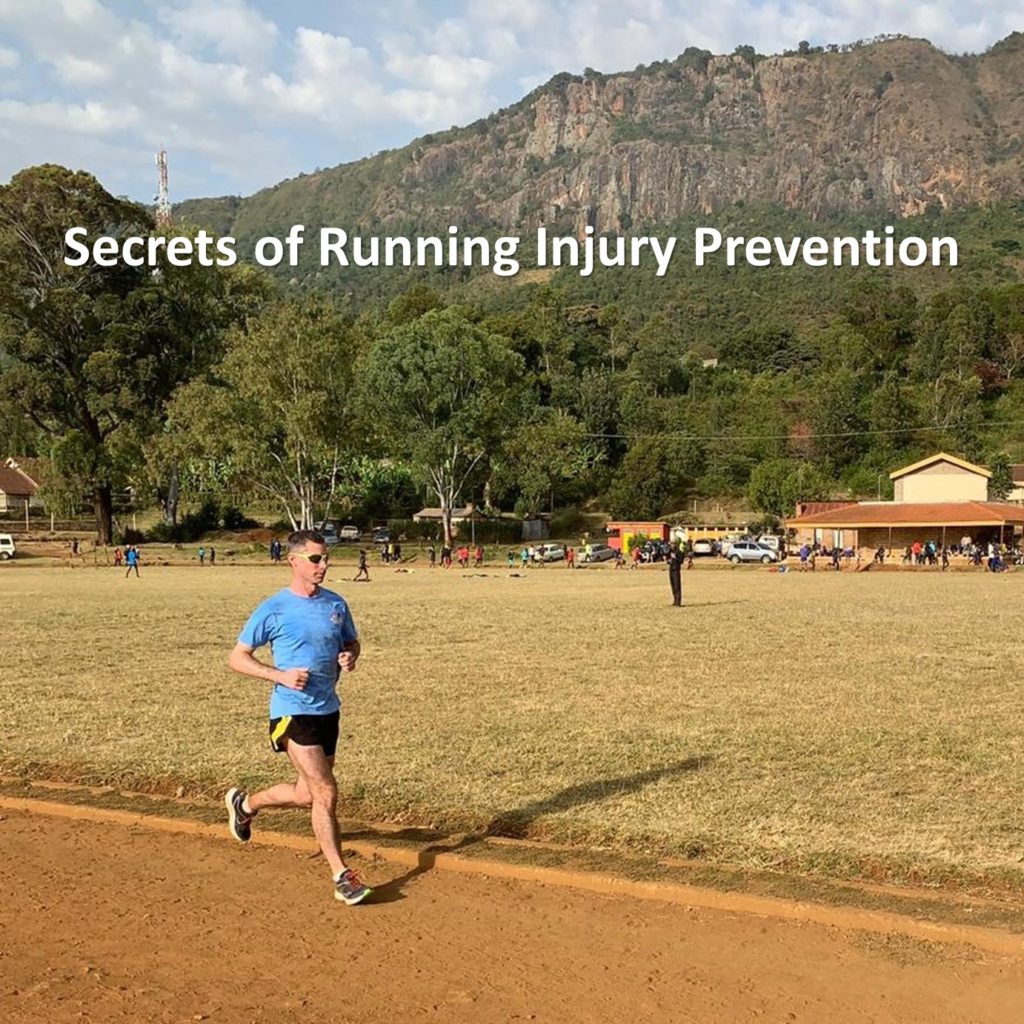Secret #1: Train smart.
Learn how to optimize your training and train at more effective levels of effort. Run as slow as possible to meet the purpose of each workout, so that you obtain the greatest benefit while incurring the least amount of stress. Progress at the right rate, never increasing the volume, intensity, or volume of intensity too quickly. Follow a systematic, progressive training plan, with each cycle of training building on what came before so that the entire program is seamless.
Secret #2: Don’t increase your running mileage and distance of long run every week.
Run the same mileage for a few weeks before increasing it. Give legs a chance to absorb, adapt, and habituate to the workload before increasing the workload. 20 miles/week should become normal before increasing to 25 miles/week, and a 9-mile long run should become normal before running 10 miles.
Secret #3: Don’t make long run so long.
Long runs shouldn’t be more than about a third of your weekly mileage. When running very long runs to prepare for a marathon without high weekly mileage, do a mid-week, medium-long run that’s about 65-75% of length (or duration) of your long run.
Secret #4: Take a step back before taking two steps forward.
Every few weeks, decrease weekly mileage by about a third for a recovery week. For example, if you have run 30 miles/week for the last 3 weeks, back off to 20 miles for 1 week before increasing above 30 miles next week.
Secret #5: Never increase volume and intensity at same time.
When you begin to include interval training and speed work, either reduce overall weekly mileage or maintain mileage from where it was prior to adding higher intensity training.
Secret #6: Run very easy on easy days.
Easy runs should feel gentle, about 70-75% max heart rate, and should be restorative rather than fatiguing.
Secret #7: Get adequate recovery.
All adaptations from training occur during recovery from training, not during training itself, so take recovery as seriously as you take your training. With aging comes more time needed to recover, so the longer you need before increasing weekly mileage and intensity. Young runners can get away with training mistakes; older runners cannot.
Secret #8: Reduce excessive overpronation.
Reduce any pronation that is more than normal/moderate. Wear correct type of shoes for your running mechanics, limit running on cambered roads, and strengthen calf muscles, which helps stabilize your lower leg when it lands on the ground.
Secret #9: Balance strength imbalances.
When muscles are weak, other muscles and tendons must absorb more of the stress. Evaluate any areas of muscle strength imbalance and strengthen the weaker muscles. Specific, targeted strength training can help eliminate muscle strength imbalances. Two most important areas to focus on are hip stabilizers and ankle stabilizers. Eccentric strength training, during which muscles are forced to lengthen under tension, is very effective for increasing muscle strength.
